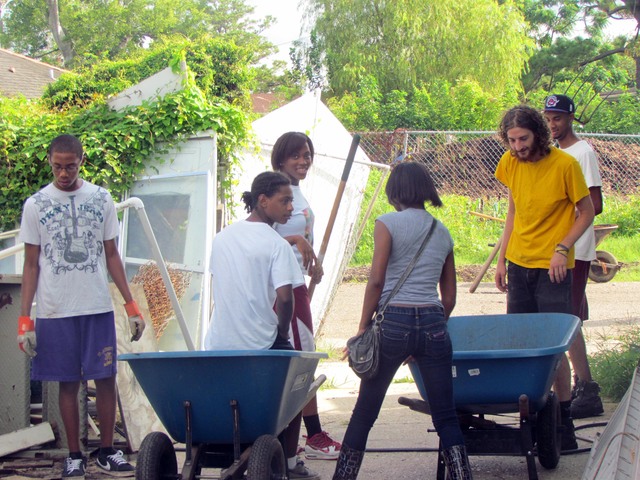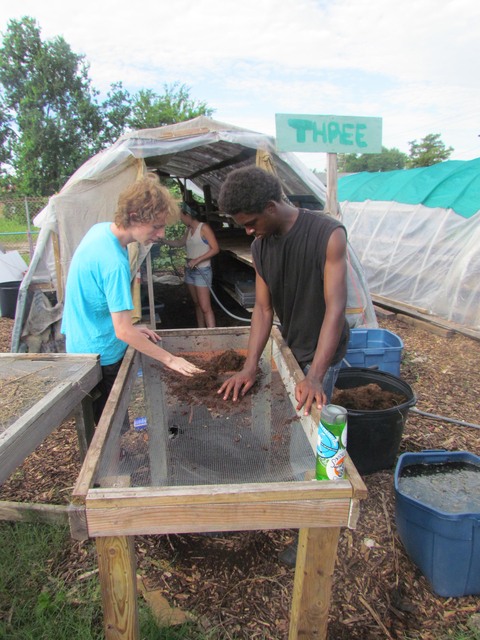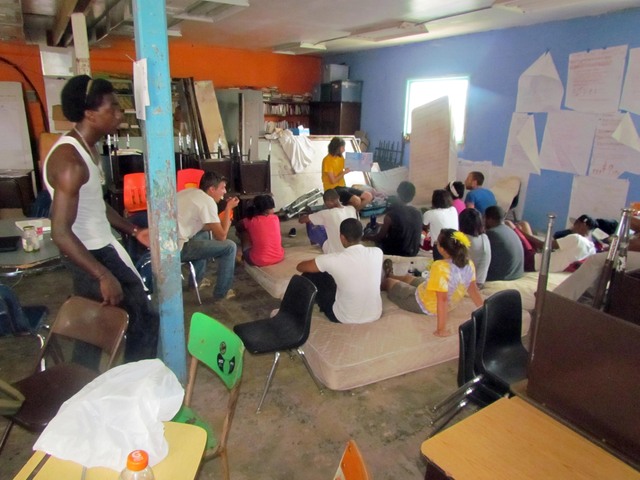Have Fork, Will Travel: From Garbage To Garden In The Lower Ninth Ward
From Garbage To Garden In The Lower Ninth Ward


Students of Our School at Blair Grocery make compost.
Ari LeVaux

Ari LeVaux

Ari LeVaux










